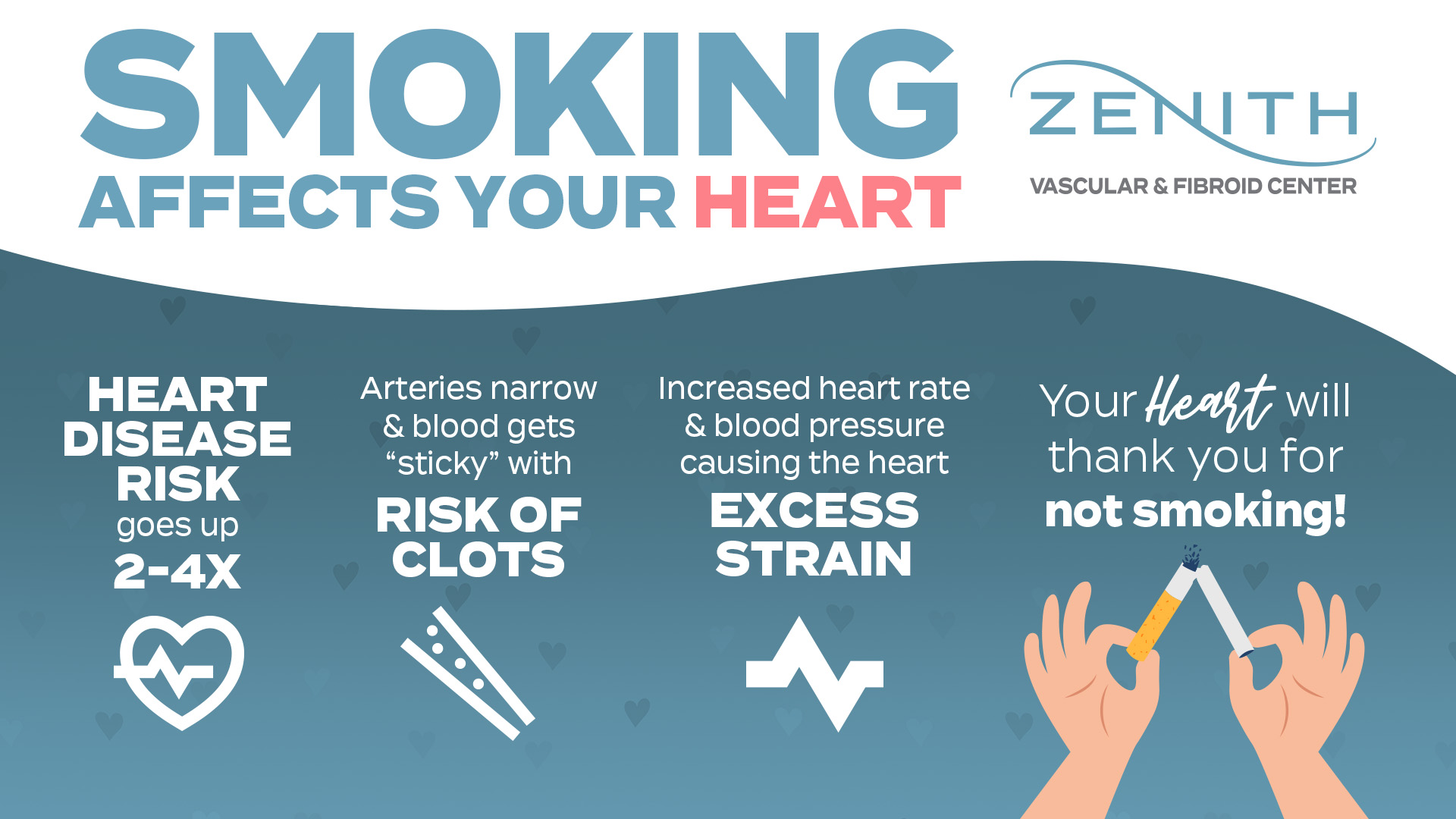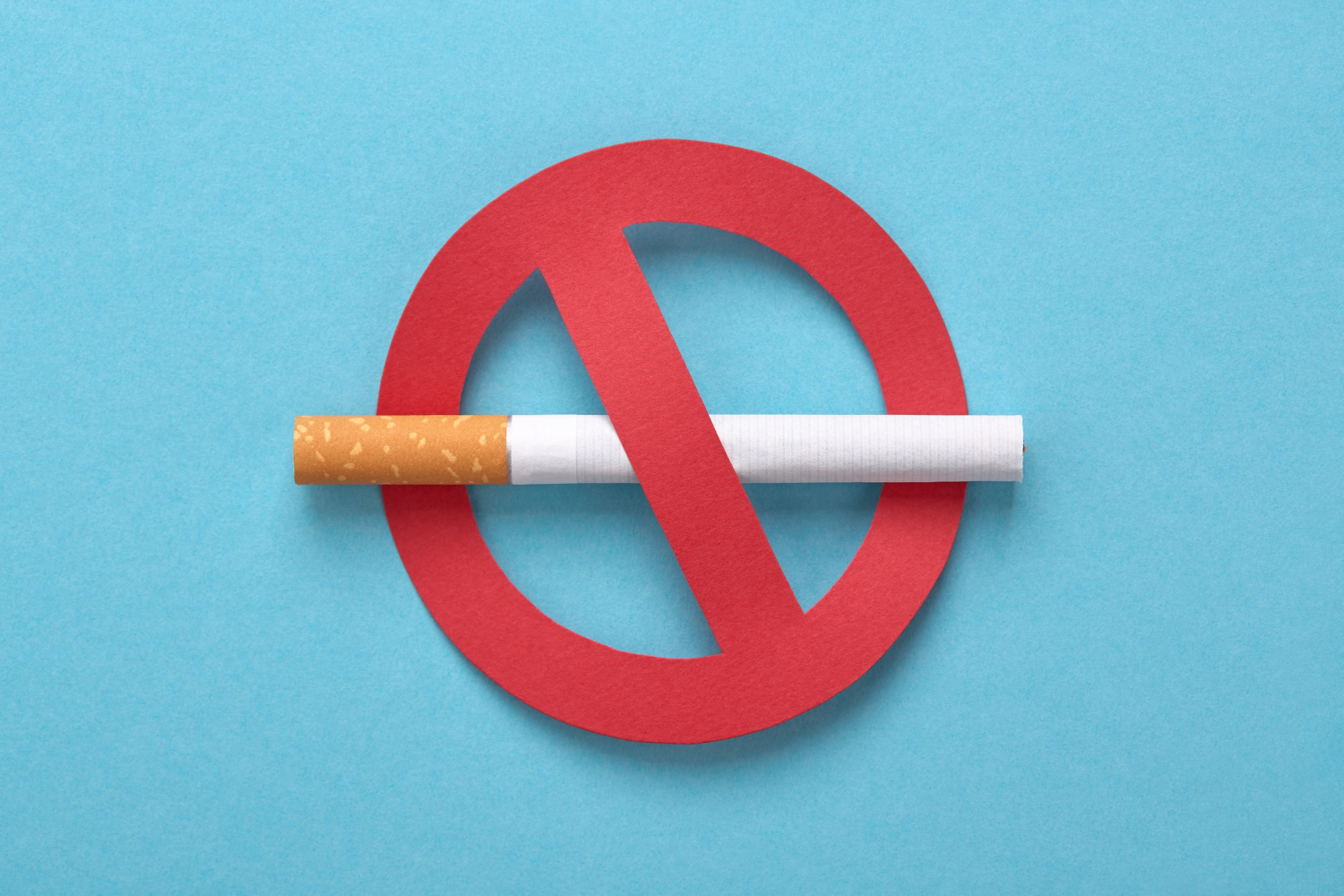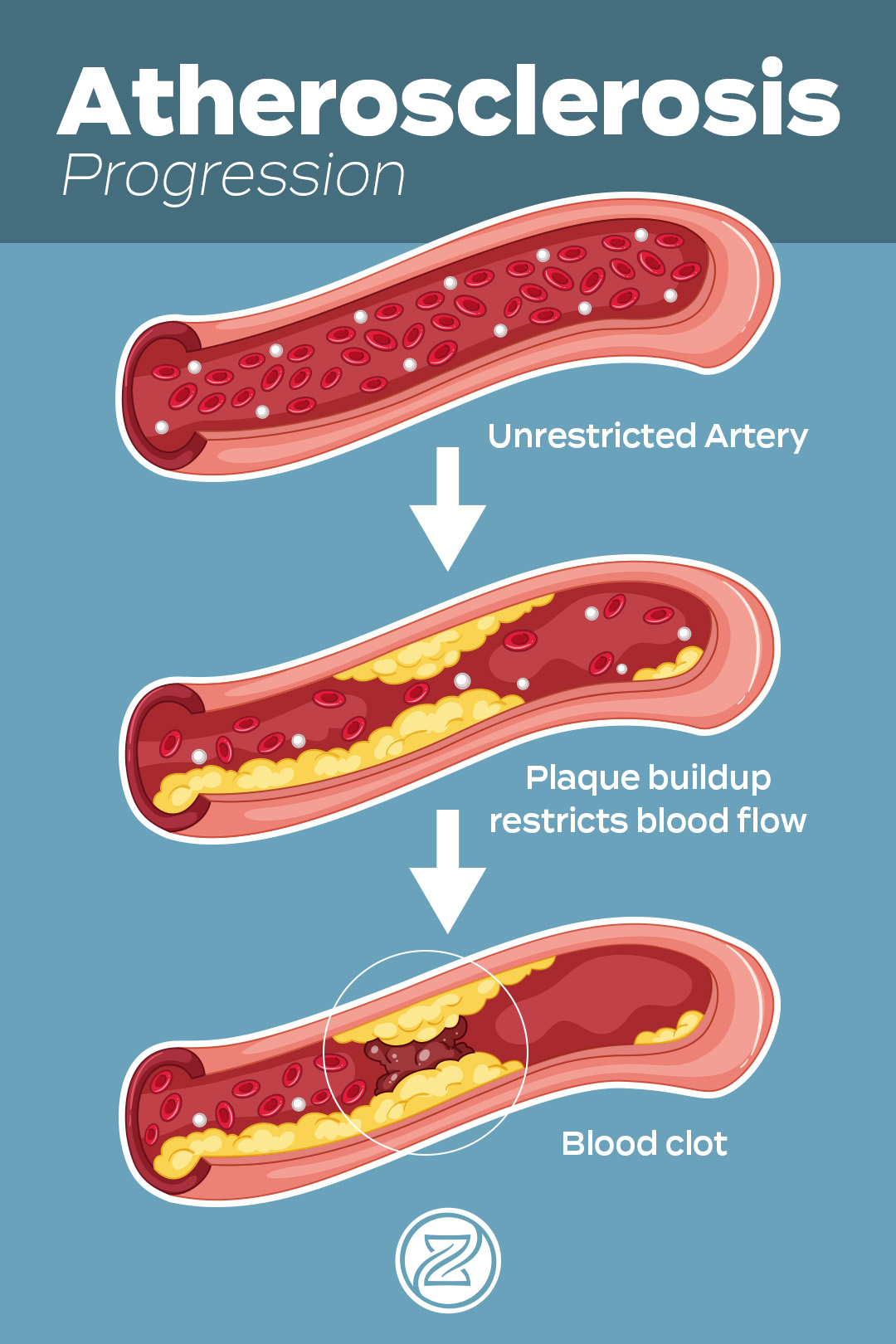Smoking and Vascular Disease
Your Heart will thank you for not smoking.
Stop smoking! This is a unanimous advice from all healthcare experts you encounter. The potential risks associated with it are grave, including cancer, heart attacks, and strokes. It might seem unbelievable that a single product can wreak such havoc on your health. But the harsh truth is – Yes, it absolutely can!
What happens when I stop smoking?
After 48 hours of not smoking, your body continues to undergo positive changes as it adjusts to being smoke-free. Here’s what happens during this timeframe:
- Improved Sense of Taste and Smell: As the toxic chemicals from smoking continue to leave your body, your sense of taste and smell become even more enhanced.
- Nicotine Withdrawal Symptoms Subside: Many of the acute symptoms of nicotine withdrawal, such as irritability, cravings, and difficulty concentrating, begin to diminish.
- Increased Lung Function: Your lung function continues to improve. The bronchial tubes start to relax, making it easier to breathe. Your lung capacity increases, allowing for better oxygen exchange and improved overall respiratory function.
- Enhanced circulation: Smoking constricts blood vessels, impeding proper blood flow. Blood circulation begins to improve, leading to better oxygen and nutrient delivery to your body’s tissues.
- Lowered Risk of Heart Disease: With each passing hour, your risk of heart disease decreases. Your heart rate and blood pressure continue to stabilize. This lowers the risk of heart attacks, strokes, and other cardiovascular complications.

Smoking Effects on Sexual Function
When it comes to sexual function specifically, smoking has been linked to erectile dysfunction in men due to compromised blood flow.
- Smoking has been linked to erectile dysfunction.
- Men that smoke in their younger years increase risk of ED by 50% by the time they are 50!
- Smoking causes vasoconstriction which inhibits blood flow to the penis reducing ability to achieve an erection.
The harmful effects of smoking can cause significant damage to these blood vessels and lead to their degeneration; nicotine specifically constricts the arteries that facilitate blood flow to the penis, thereby reducing both blood flow and pressure.

Smoking and PAD
Smoking has been found to contribute to peripheral artery disease (PAD), a condition characterized by narrowed arteries that restrict blood flow to the extremities. This reduced blood flow can lead to pain, discomfort, and even tissue damage in severe cases. Additionally, smoking introduces harmful tobacco chemicals into the bloodstream, which can accelerate atherosclerosis – the buildup of plaque within arterial walls.
As plaque accumulates within arteries, they become progressively narrower over time. This narrowing impedes the smooth flow of oxygen-rich blood throughout the body, affecting vital organs and tissues.
Smoking and Leg Pain
Smoking is a significant risk factor for developing PAD, a condition where the arteries that supply blood to the legs become narrowed or blocked. Reduced blood flow to the legs can lead to:
- Leg pain
- Cramping
- Fatigue
- Delayed Wound Healing
Smoking increases the risk of blood clots forming in the arteries and veins. Blood clots can block blood flow and cause pain, swelling, and potentially more severe complications if they travel to the legs.
Smoking has been shown to impair the body’s natural healing processes. If someone with leg pain or injuries due to other causes is a smoker, their ability to heal and recover may be compromised.
Tips for Quitting Smoking
Set a Quit Date
Choose a specific date to quit smoking and mark it on your calendar. Having a clear target will help you mentally prepare for the change.
Change Your Routines
Break the association between smoking and certain activities or places. For example, if you used to smoke after a meal, replace that habit with a healthy alternative like taking a short walk or chewing sugar-free gum.
Stay Active
Engage in regular physical activity as it can help reduce cravings and manage stress. Exercise can also improve your overall well-being, making it easier to resist the urge to smoke.
Practice Stress Management
Find healthy ways to cope with stress, such as deep breathing exercises, meditation, yoga, or talking to a supportive friend or therapist. Stress can be a major trigger for smoking, so finding healthier outlets is crucial.
Stay Positive and Persistent
Quitting smoking is a journey that may have ups and downs. Don’t be discouraged by setbacks. Stay positive and remind yourself of the health benefits and reasons why you are quitting.
Stay Smoke-Free
Once you successfully quit smoking, commit to remaining smoke-free. Avoid situations or people that may tempt you to relapse, and remind yourself of the progress you’ve made.


